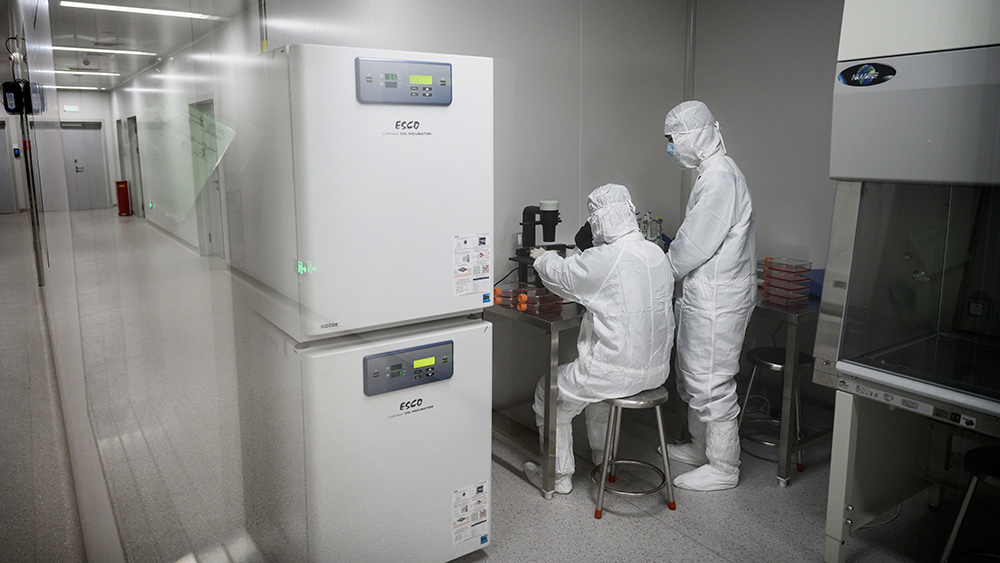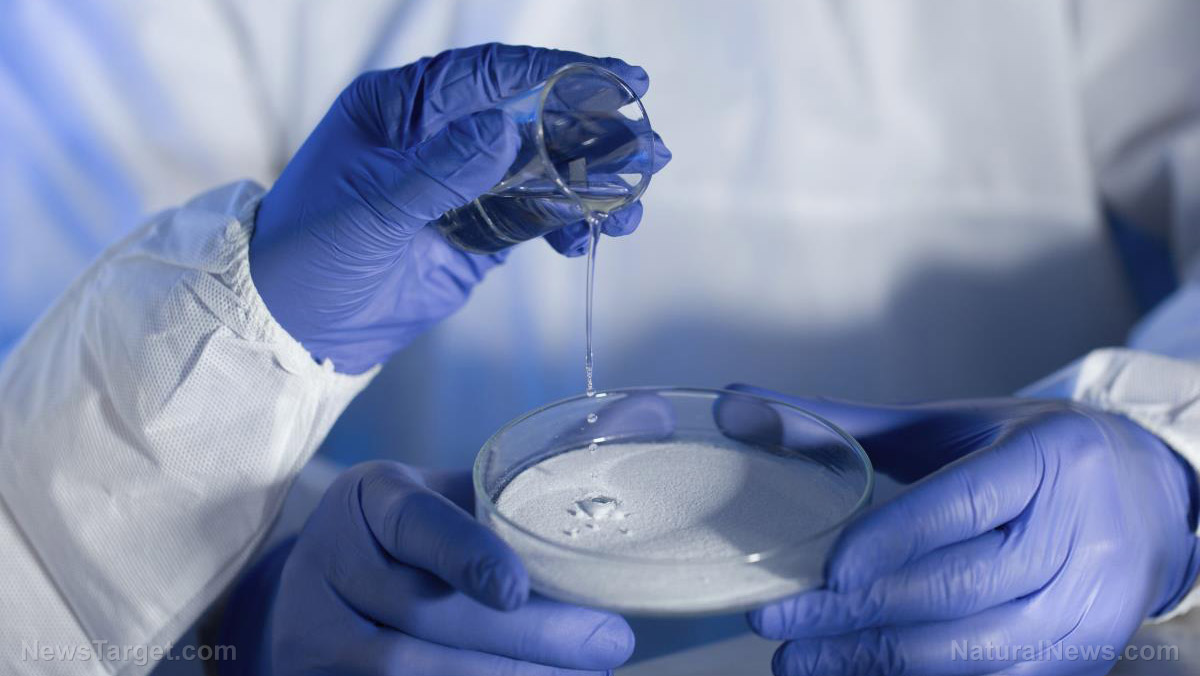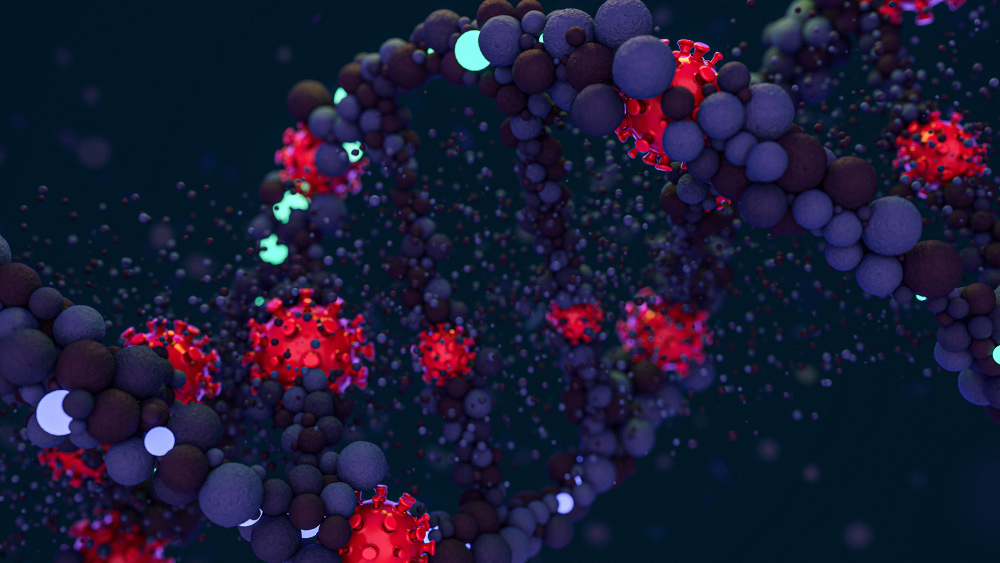Chemists design a new bacterial polymer that may one day replace petroleum plastics
09/03/2018 / By Edsel Cook

One of the ways to solve the problem of plastic pollution is to come up with biodegradable alternatives that are made from bio-renewable resources using clean processes. Such products are usually more expensive and difficult to manufacture than petroleum-based plastics. Colorado-based researchers announced that they found a way to produce one bacterial polymer much more cheaply and easily, an article in Science Daily stated.
Poly(hydroxyalkanoate)s (PHAs) are some of the many biodegradable, bio-renewable substitutes for fossil fuel-based plastics. They are produced by living microorganisms such as algae and bacteria, which use carbohydrates and fat as raw materials to create the polymer.
The most prevalent and well-known example of PHAs is bacterial poly(3-hydroxybutyrate). Also known as P3HB, it promises to match the performance of isotactic polypropylene and other petroleum plastics employed in many industries. It is already being used in several biomedical applications that require biodegradability alongside durability.
There are two significant drawbacks to P3HB and the other PHAs. The first is that it costs a lot to produce these polymers. Pound for pound, petroleum plastics are cheaper to make, especially since the techniques to do so have been refined over the decades.
Related to that is the secondary concern. The volume of polymers produced is highly limited due to the nature of its production process. The microorganisms that create PHAs are not massive factories that churn the material out by the ton.
PHAs are thus considered to be impractical for use in many areas that require mass production. For the last 50 years, researchers have been looking for ways to overcome this production bottleneck. (Related: Styrene, a common ingredient in many plastic items, now deemed to be “probably carcinogenic” by WHO.)
Succinic acid, the number one green successor of petroleum plastics
A Colorado State University (CSU) research team came up with a new way to cheaply synthesize P3HB in much larger volumes. They selected succinate, the anion form of succinic acid in the human body, where it fulfills a number of vital roles.
Succinic acid is created by fermenting glucose, one of the carbohydrate ingredients of PHAs. The acid is the number one biomass-derived compound that the U.S. Department of Energy believes will replace petroleum-derived predecessors.
Since it is derived from a common food sugar, succinic acid and succinate share the sustainability and biodegradability of its source.
The CSU researchers used succinate to create a new chemical called racemic cyclic diolide (rac-DL). This compound was used as a catalyst in ring-opening polymerization, the same process that produces PHAs and other cyclic esters.
New synthetic process can produce bacterial polymers faster than ever before
In their report, the researchers said they created a new type of P3HB that can match the isotacticity of its bacterial-produced counterpart and polypropylene. The synthesized polymer can withstand high temperatures before finally melting. It also possessed a high molecular weight that granted it significant durability.
Furthermore, the succinate-derived polymer can be produced at a much faster rate than bacterial P3HB. This might finally allow PHAs to be manufactured on an industrial scale at a cost that can match petroleum-based plastics.
In addition, the synthesis process allows for further customization of the polymer product by tuning the catalysts and co-monomers.
The CSU study was directed by Eugene Chen, a professor of chemistry at the university. Researcher Xiaoyan Tang served as the first author of their scientific paper, which they published in the journal Nature Communications. The researchers have also applied for a provisional patent so that they can commercialize the new bio-renewable, biodegradable plastic polymer.
Drop by Enviro.news to read more stories about environmentally-friendly substitutes for toxic plastics.
Sources include:
NREL.gov [PDF]
Submit a correction >>
Tagged Under:
biodegradable plastics, biodegradable polymer, biomaterials, breakthroughs, Chemistry, future science, green materials, inventions, materials science, P3HB, petroleum products, polymers, renewable materials, renewables, Succinic acid
This article may contain statements that reflect the opinion of the author
RECENT NEWS & ARTICLES
COPYRIGHT © 2017 SCIENTIFIC NEWS




















